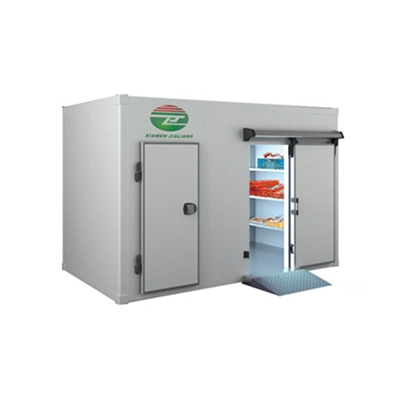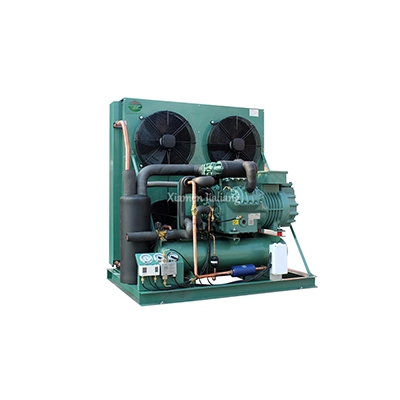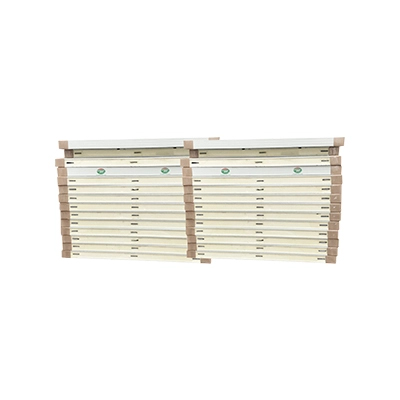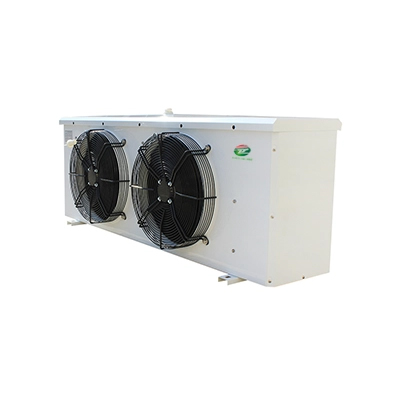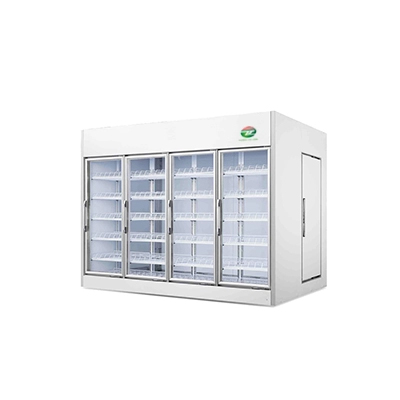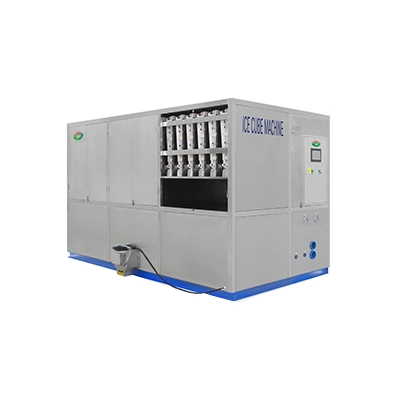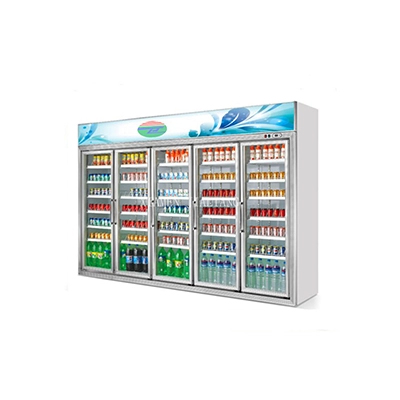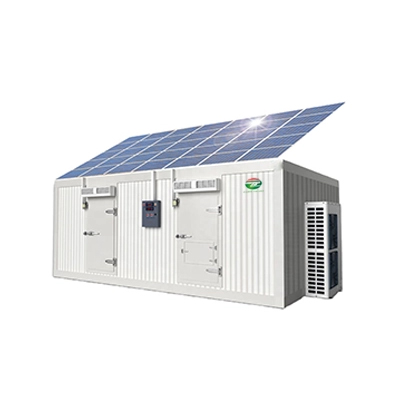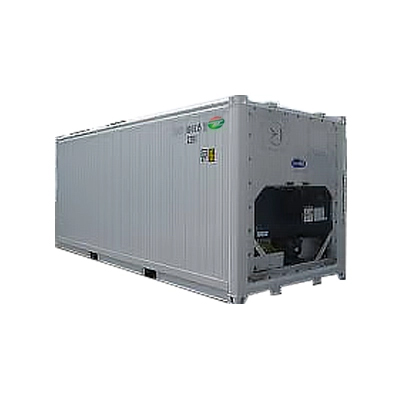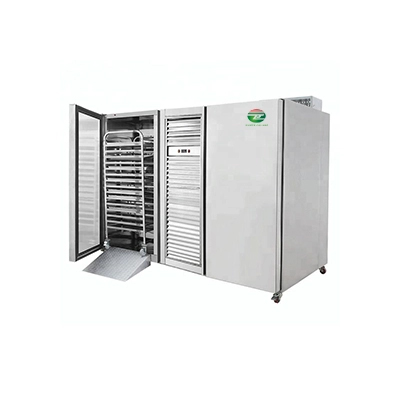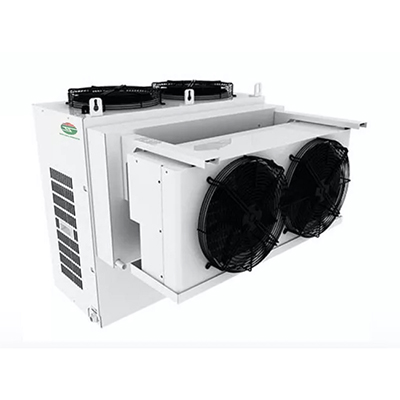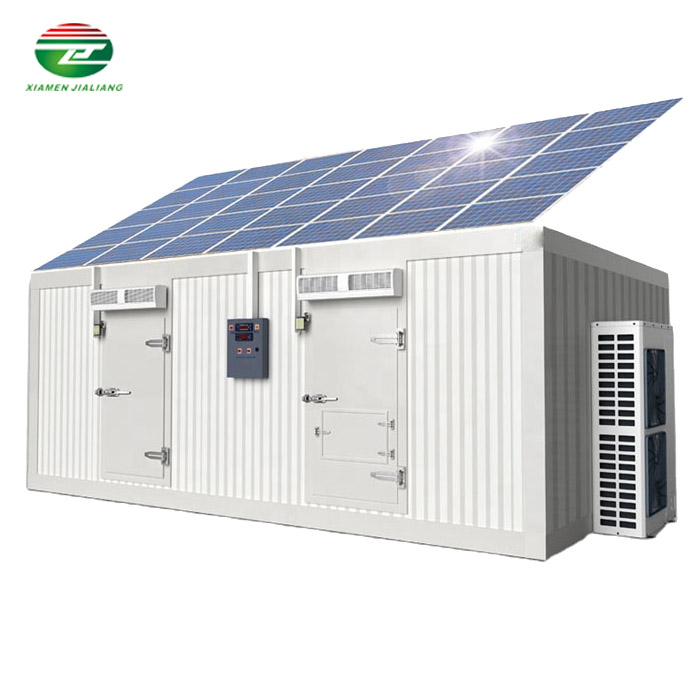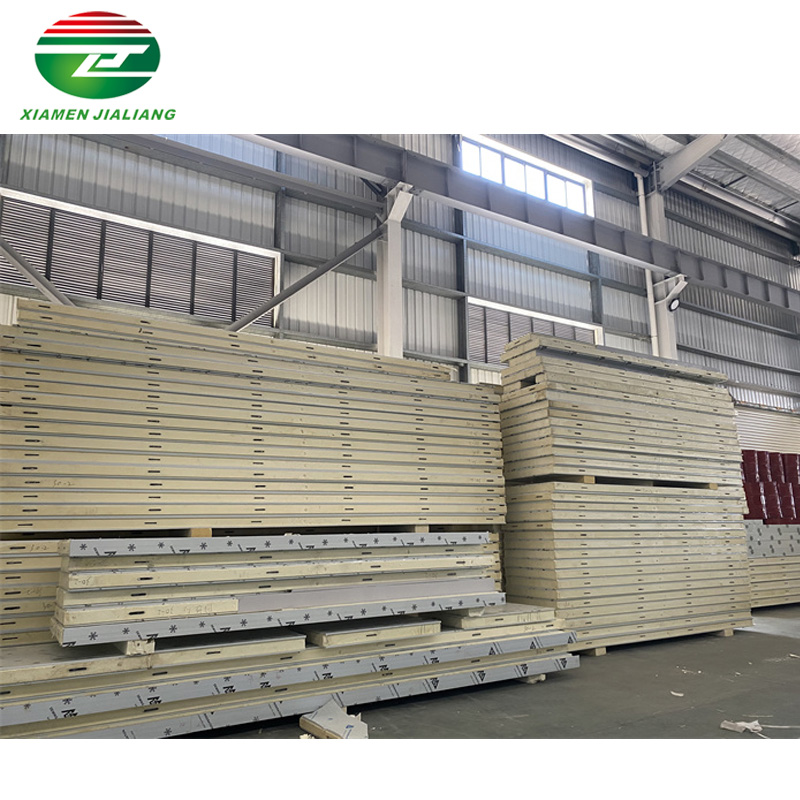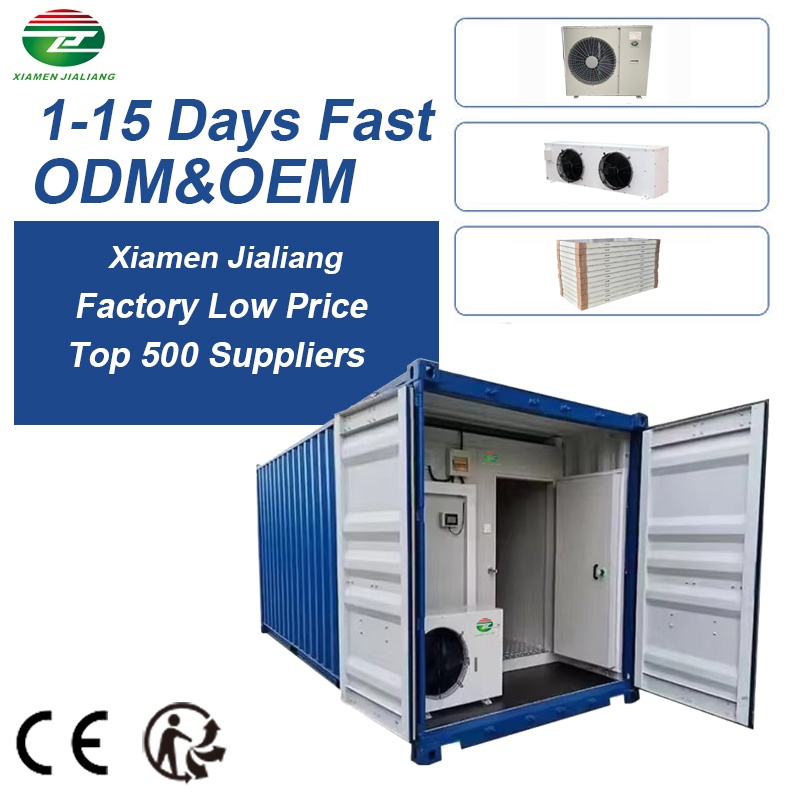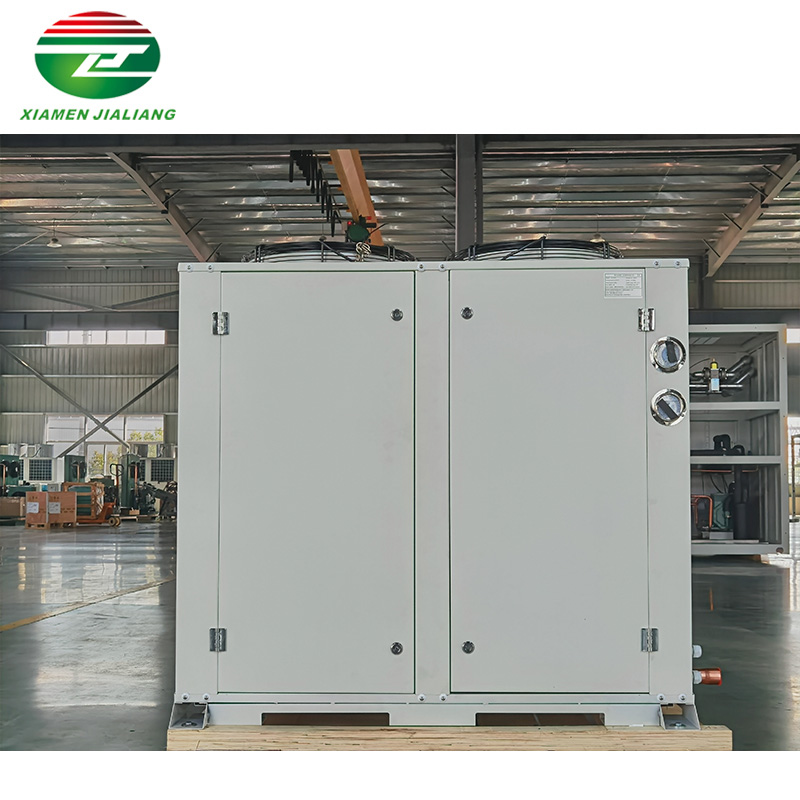Chilling Out: Understanding The Functions of Cold Rooms
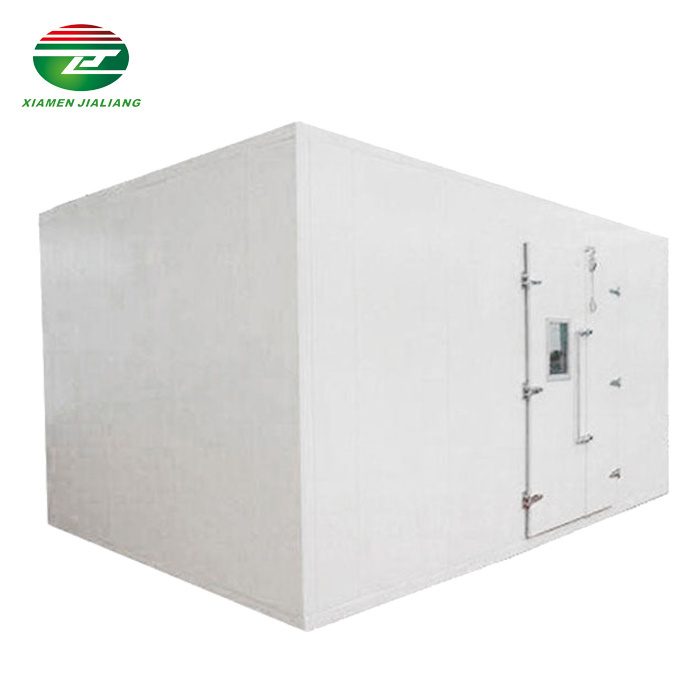
Cold rooms play a crucial role in various industries, from food and beverage to pharmaceuticals. These specialized refrigeration units are designed to store perishable items at low temperatures, ensuring their freshness and quality. In this article, we will delve into the functions of cold rooms and explore how they contribute to the smooth operation of businesses.
The first section of the article will focus on the functions of cold rooms. We will discuss how these rooms are used for storing a wide range of products, including fresh produce, dairy products, meat, and vaccines. Cold rooms provide an optimal environment for these items, extending their shelf life and preventing spoilage. Moreover, we will explore the different types of cold rooms available, such as walk-in freezers, blast freezers, and refrigerated containers, and their specific functions in various industries.
In the second section, we will delve into the maintenance and optimization of cold rooms. Proper maintenance is essential to ensure the efficient functioning of these refrigeration units and avoid costly breakdowns. We will provide practical tips and best practices for maintaining cold rooms, including regular cleaning, temperature monitoring, and equipment inspection. Additionally, we will discuss the importance of optimizing cold room operations to minimize energy consumption, reduce carbon footprint, and enhance overall sustainability.
Whether you are involved in the food industry, healthcare sector, or any other field that requires temperature-controlled storage, understanding the functions of cold rooms is vital. By gaining insights into their functions and learning how to maintain and optimize these refrigeration units, businesses can ensure the preservation of their products and improve operational efficiency. Join us as we dive deeper into the world of cold rooms and uncover the secrets behind their indispensable role in various industries.
Functions of Cold Rooms
A cold room is an essential component of many industries, including food storage, pharmaceuticals, and scientific research. These specialized rooms are designed to maintain low temperatures, allowing for the preservation and storage of perishable items in a controlled environment. The functions of cold rooms are diverse and play a crucial role in ensuring the quality and safety of various products.
One of the primary functions of a cold room is to provide optimal storage conditions for food products. Cold rooms are commonly used in restaurants, hotels, and grocery stores to keep fruits, vegetables, meat, and dairy products fresh for extended periods. By maintaining a consistent low temperature, cold rooms slow down the growth of bacteria and other microorganisms that cause food spoilage. This not only extends the shelf life of perishable items but also helps in reducing food waste.
In the pharmaceutical industry, cold rooms are indispensable for storing vaccines, drugs, and other temperature-sensitive medications. Many medications require specific temperature ranges to maintain their effectiveness. Cold rooms provide the ideal conditions to preserve the potency of these pharmaceutical products and prevent any deterioration due to exposure to heat or fluctuating temperatures. This is crucial in ensuring that patients receive safe and effective medications.
Cold rooms also have significant applications in scientific research and laboratory settings. Many experiments and tests require specific temperature-controlled environments. Cold rooms provide the necessary conditions for conducting experiments that involve temperature-sensitive materials, biological samples, or chemicals. The controlled environment of a cold room allows researchers to maintain the stability and integrity of their samples, ensuring accurate and reliable results.
Furthermore, cold rooms are utilized in various industries for specific purposes. For example, in the floral industry, cold rooms are used to store cut flowers and plants, extending their freshness and preventing wilting. In the hospitality industry, cold rooms are essential for storing beverages and other perishable items, ensuring that guests are provided with high-quality products. Cold rooms are even used in morgues and mortuaries to preserve bodies before funerals or autopsies.
Maintenance and Optimization of Cold Rooms
Cold rooms play a vital role in various industries, such as food storage, pharmaceuticals, and research laboratories. These specialized refrigeration units are designed to maintain low temperatures consistently, ensuring the preservation and quality of perishable items. To ensure the optimal functioning of cold rooms, regular maintenance and optimization are essential.
Maintenance of cold rooms involves several crucial steps. Firstly, it is important to regularly clean the cold room to prevent the buildup of dirt, dust, and debris. This not only helps in maintaining hygiene standards but also ensures the efficiency of the cooling system. Regular cleaning also helps to identify and address any potential issues before they escalate.
Another key aspect of maintenance is inspecting the cold room's insulation. Cold rooms rely on proper insulation to maintain the desired temperature. Any gaps, cracks, or damaged insulation can lead to temperature fluctuations and energy wastage. By conducting routine inspections, any insulation issues can be identified and promptly repaired.
In addition to regular maintenance, optimizing the performance of cold rooms is crucial to maximize efficiency and reduce energy consumption. One way to optimize cold rooms is by implementing temperature monitoring systems. These systems allow for real-time monitoring of temperature levels, alerting operators to any deviations from the desired range. By promptly addressing temperature fluctuations, product quality can be preserved, and energy wastage can be minimized.
Proper organization and storage practices also contribute to the optimization of cold rooms. Ensuring that items are stored correctly and efficiently can enhance the airflow within the cold room, allowing for even distribution of cold air. This not only aids in maintaining a consistent temperature but also prevents overloading of the cooling system, leading to energy savings.
Furthermore, regular maintenance of the cold room's refrigeration system is crucial. This includes inspecting and cleaning the condenser coils, checking refrigerant levels, and ensuring proper functioning of fans and motors. By keeping the refrigeration system in optimal condition, the cold room can operate efficiently, reducing the risk of breakdowns and prolonging its lifespan.
Conclusion
Cold rooms are crucial for various industries as they provide the ideal storage conditions for a wide range of products, including food, pharmaceuticals, and scientific samples. These rooms ensure the preservation and quality of temperature-sensitive items by maintaining low temperatures and controlling humidity levels. It is essential for businesses and organizations to maintain and optimize cold rooms for efficient operation and longevity. This can be achieved through regular cleaning, inspection of insulation, implementation of temperature monitoring systems, proper organization and storage practices, and maintenance of the refrigeration system. By adhering to these practices, industries can maintain the quality and safety of their products while minimizing energy consumption.

